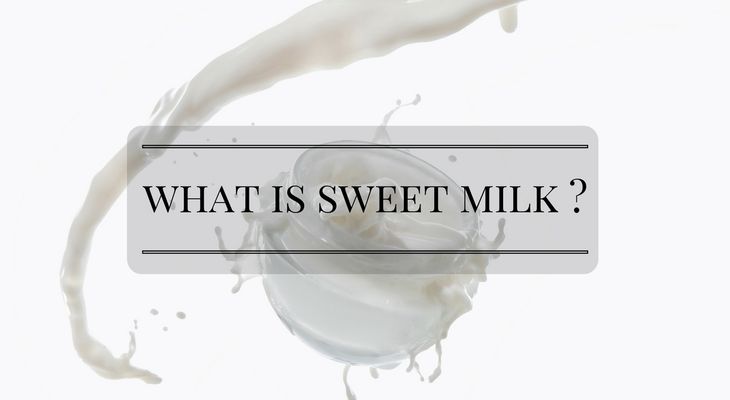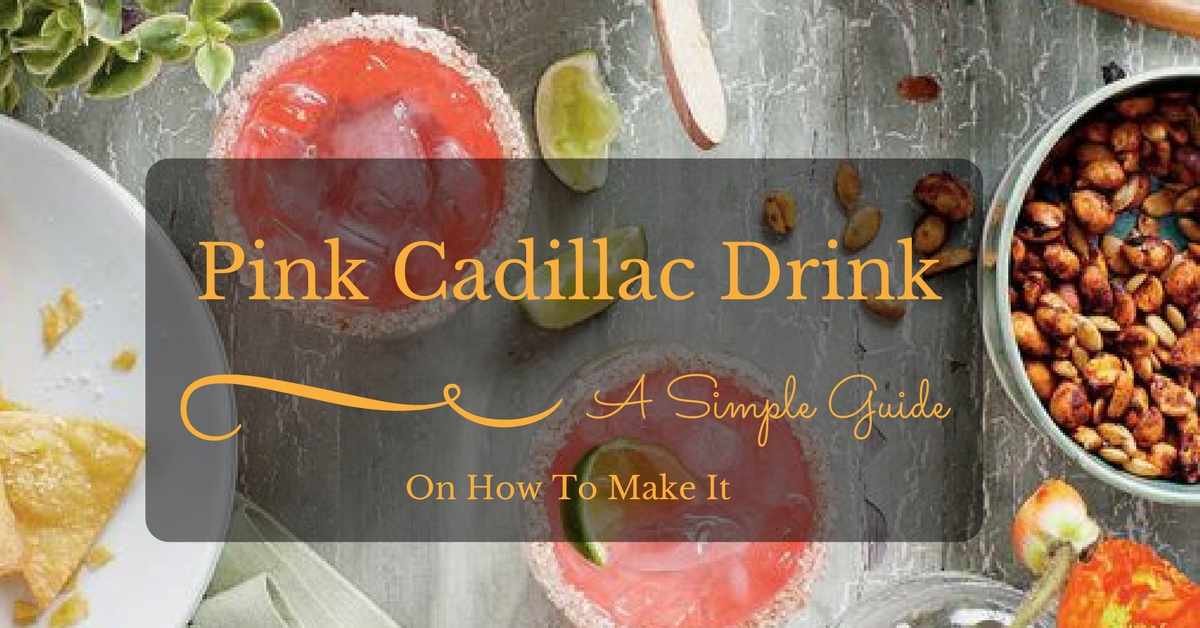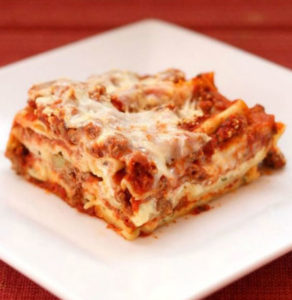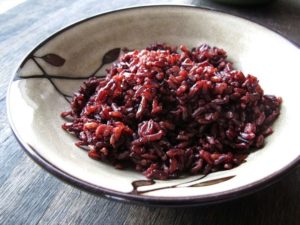It is not uncommon for people to confuse condensed milk and evaporated milk. Many of you go to the store after reading a recipe calling for either evaporated milk or condensed milk and forget the one you need. Then, you might think there is not much of a difference and grab whatever can you see first.
Unfortunately, the cans for each are small and look similar. Also, the differences appear to be relatively small, so it confuses people into believing substitutions are acceptable.
I assure you that grabbing the wrong product can have a large, unfortunate impact on your end product. I am going to help teach the subtle and major differences between the two products. After reading you will know the important differences and be able to answer the question, "What’s the difference between condensed and evaporated milk?"
What Is Evaporated Milk?
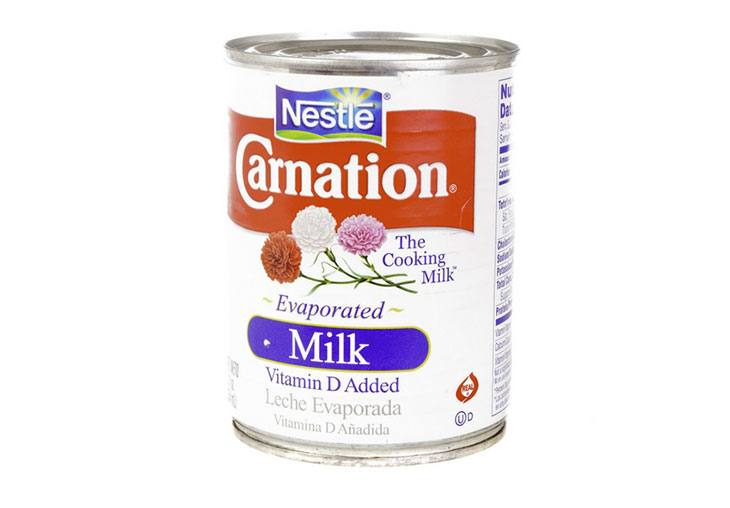
Evaporated milk is what the label says it is. Around 60 percent of the water has been evaporated. After the water is evaporated, the remaining milk gets homogenized, stabilizers and vitamins get fortified and sterilization occurs. Evaporated milk has standard requirements, and it must contain at least 25 percent milk solids and a minimum of 7.9 percent milk fat.
Processing with high heat give a darker appearance than standard milk, and evaporated milk has a tinge of caramelized flavor versus regular milk. Since there is an evaporation process, evaporated milk will have more calories, and there are more calories than in regular whole milk.
Why Use Evaporated Milk Instead of Whole Milk?

Evaporated milk has a similar texture to whole milk, however, it is thicker. Also, even though it is nothing like sweetened condensed milk, it is sweeter than whole milk, so it is not to be substituted for drinking, but it may be useful to substitute evaporated milk for whole milk for certain recipes that indicate it as acceptable.
You probably will not detect much of a flavor difference between evaporated milk and whole milk once the dishes are completed, but there is a definite thicker and creamier taste when evaporated milk is substituted for whole milk, and you will notice a slightly sweeter flavor, but the sweetness is extremely subtle.
If you want a dish to be creamier, then you just use more evaporated milk, and if you just want it creamier than if you used regular milk, then you can cut the evaporated milk with whole milk.
What Is Sweetened Condensed Milk?
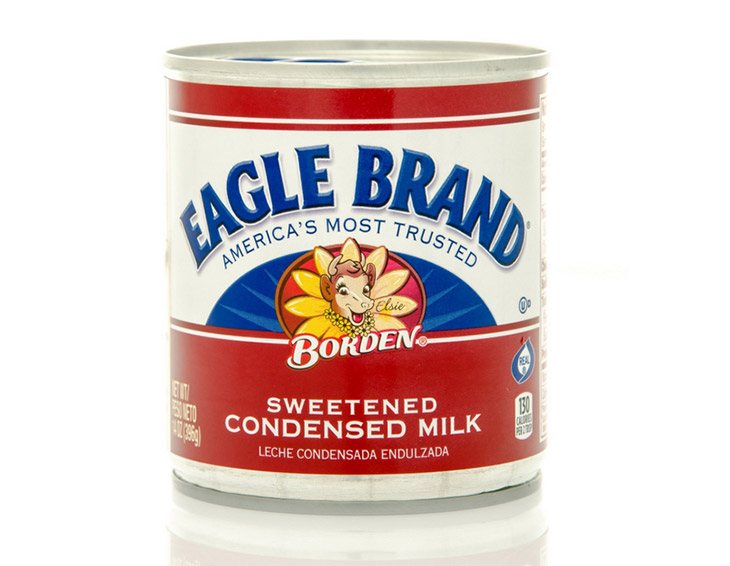
Sweetened condensed milk is similar to evaporated milk in the initial processing, but there is less processing than with evaporated milk. Like evaporated milk, 60 percent of the water is evaporated, but a lot of sugar gets added after the evaporation. Sweetened condensed milk is made up of between 40 and 45 percent sugar.
More differences in composition with evaporated milk come in the way of milk solids and fat. The milk solids comprise at least 28 percent, and there is at least 8 percent milk fat in condensed milk, which is close to evaporated milk, but there is still a difference.
The sweetened condensed milk gets past pasteurized when it undergoes evaporation, but sterilization is completely different. Additional sterilization is not necessary because of the massive increase in sugar because it subdues microorganism growth. The government requires vitamin A fortification of sweetened condensed milk by law, but other vitamins and nutrients may be added despite not being required by law.
The added sugar makes it extremely high in calories. It is important to note there is no such thing as unsweetened condensed milk. The difference in appearance between sweetened condensed milk, evaporated milk and whole milk is pronounced. It is extremely thick, and the consistency is similar to molasses.
In terms of color, it is slightly darker than whole milk, and it has more a yellow appearance. If you are worried about the poor nutrition of the product, then you can purchase low-fat or fat-free versions. There is also a chocolate version available, which you may find preferable for certain recipes.
Why Use Sweetened Condensed Milk Instead of Whole Milk?

This is fairly simple to explain. There are recipes available to teach you how to make your own sweetened condensed whole milk, but buying it in a can is much simpler, and it is perfect. It eliminates a ton of steps in dessert recipes that would be required if whole milk substituted or used instead. Also, thickening condensed milk is quite easy. Acidic ingredients naturally thicken it with no additional heat, and cornstarch or a roux is not required.
Summarizing the Differences
The differences are fairly simple to spot after reading the information I provided above. Evaporated milk is used to make dishes creamier without having to use thickening agents, which thickening agents usually work fine, but the dishes with evaporated milk in the recipes always turn out to be much smoother.
Sweetened condensed milk is obviously for desserts. Those are the critical differences, and there is something to remember here, which is critical. You should never substitute one for the other. It will result in disaster for your recipes, and you will waste a lot of money because there will be no way to salvage the dish. They will have to go directly in the trash, so be careful when cooking recipes requiring one of these two ingredients.
Thank you so much for reading, and as always, you are encouraged to leave suggestions, comments and questions in the comment section below.
Sources
http://www.thekitchn.com/what-s-the-difference-between-condensed-and-evaporated-milk-125900
http://www.huffingtonpost.com/2014/06/23/sweetened-condensed-milk_n_5514570.html
http://www.livestrong.com/article/481078-how-to-use-evaporated-milk-in-place-of-fresh-milk/
http://homecooking.about.com/od/cookingfaqs/f/faqcannedmilk.htm

